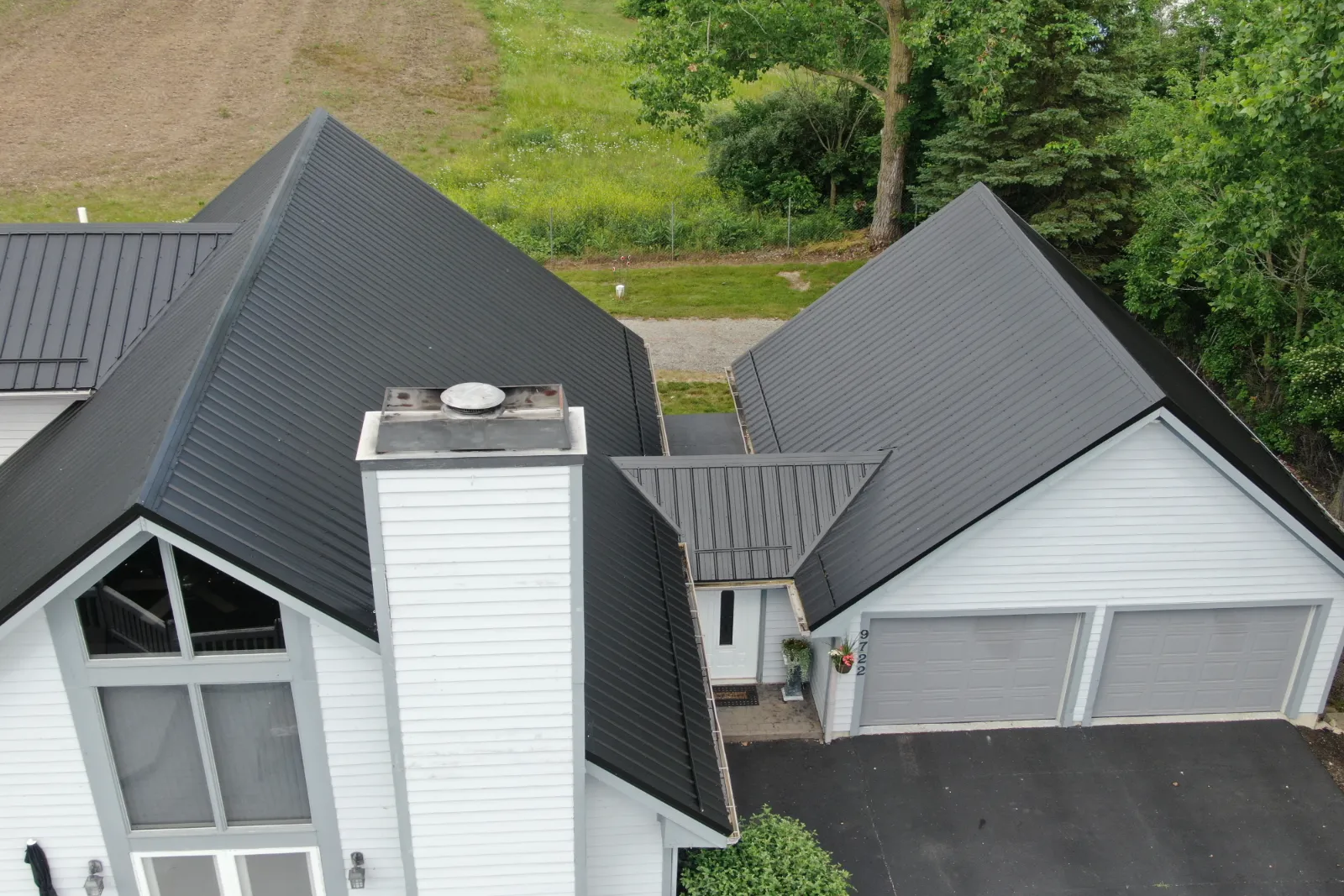When it comes to ensuring the longevity and durability of a metal roof, the choice of underlayment is paramount. The underlayment acts as a protective barrier, safeguarding the interior of a building from potential water damage both during and post-construction. With the plethora of options available in the market, it’s essential to make an informed decision. Let’s delve into the world of metal roof underlayments and explore the best options for your roofing needs.
Types of Metal Roof Underlayment
There are primarily three types of underlayments to consider:
-
Felt Paper Underlayments: Traditionally used, these are made from wood or fiberglass and coated with water-repellent materials like asphalt. While economical, they come with several disadvantages, such as smaller roll size, increased weight, and limited durability.
-
Mechanically Attached Synthetic Underlayments: Made using laminated polypropylene or polyethylene plastic technology, these underlayments are known for their strength and longevity. They are lightweight, easy to install, and can withstand prolonged exposure to ultraviolet rays.
-
Peel & Stick Synthetic Underlayments: Comprising three layers – a synthetic underlayment top, a modified bitumen middle, and an adhesive bottom, these underlayments are self-sealing around small penetrations, offering enhanced protection.
Why Choose Synthetic Over Traditional Felt?
At 4Ever Metal Roofing, we’ve observed a significant shift from traditional felt paper to synthetic underlayments, and for good reasons:
-
Durability: Synthetic underlayments are notably stronger, reducing issues like tearing or blow-off.
-
Ease of Installation: Their lightweight nature and larger roll size mean faster installation and reduced labor costs.
-
UV Resistance: They can be exposed to ultraviolet rays for extended periods without compromising their effectiveness.
-
Safety: Enhanced walkability ensures improved safety for installers.
Critical Considerations for Underlayment Selection
When opting for metal roofing services in Carmel IN, it’s vital to consider the following:
-
Telegraphing: Ensure that capped nails used for installation don’t telegraph through the roof, especially with flat panel conditions.
-
Sealability: The underlayment should effectively seal around fasteners used for the primary roofing material.
-
Cost: While peel and stick underlayments offer superior performance, they are also the priciest. It’s essential to balance performance with budget considerations.
Optimizing Performance with 4Ever Metal Roofing
At 4Ever Metal Roofing, we specialize in metal roof installation in Carmel IN. Our team of experts recommends a combination of mechanically attached and peel & stick underlayments to optimize performance while keeping costs in check. Whether you’re looking for commercial metal roofing in Carmel IN or need metal roof leak repair in Carmel IN, our commitment to quality ensures that your roofing needs are met with precision and professionalism.
In Conclusion
The choice of underlayment plays a pivotal role in the longevity and performance of a metal roof. By understanding the different types available and their respective advantages, homeowners and contractors can make an informed decision that ensures the roof’s durability and protection for years to come. With 4Ever Metal Roofing by your side, you’re guaranteed top-notch quality and unparalleled expertise in all things metal roofing.

